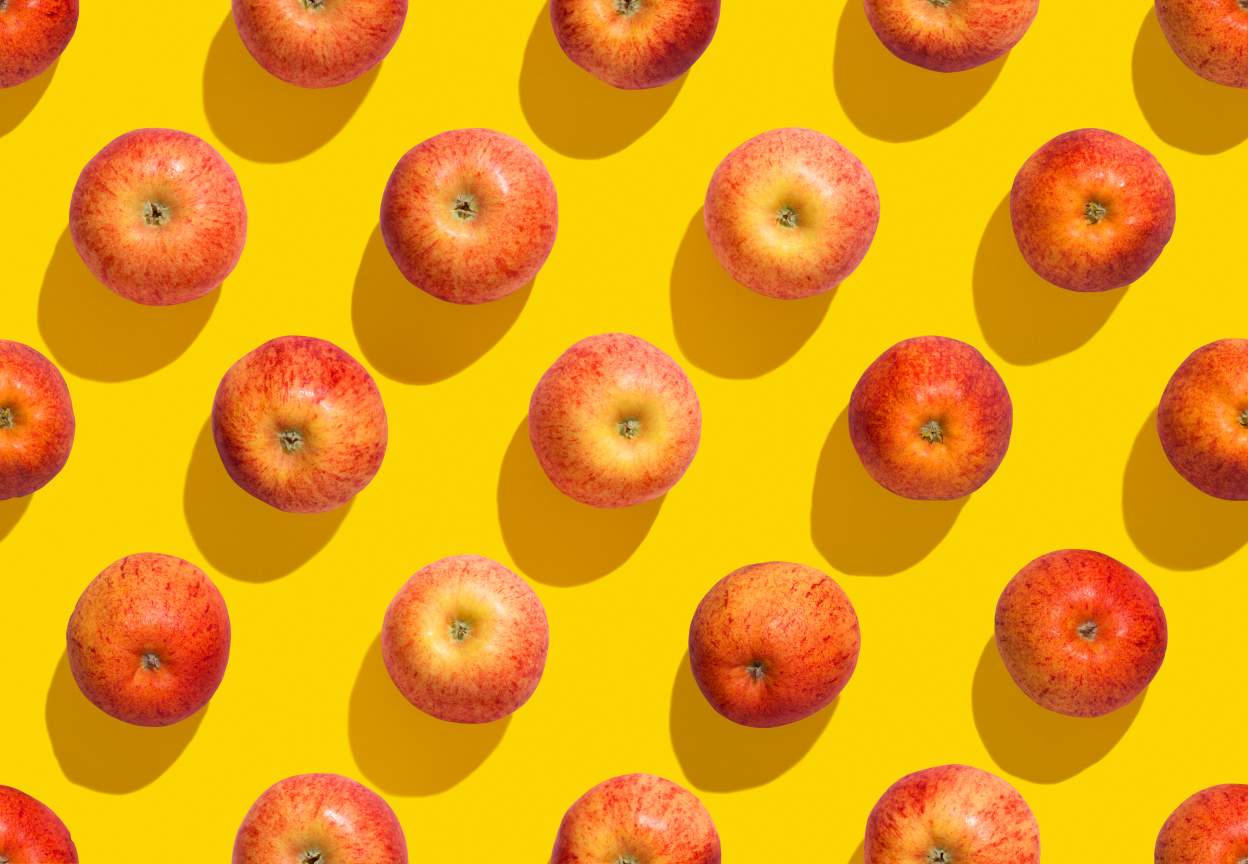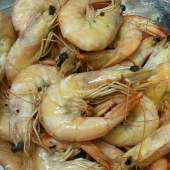All About Apples

“Surely the apple is the noblest of fruits.”
--Henry David Thoreau
“Good apple pies are a considerable part of our domestic happiness.”
“Even if I knew that tomorrow the world would go to pieces, I would still plant my apple tree.”
--Martin Luther
Welcome to October, which just happens to be National Apple Month! It’s that time of year when we crave all things apple, and no wonder, as it is prime harvesting season for this tasty and versatile fruit that appears in literature, art, and everyday conversation more than any other (after all, nobody describes someone as the “cherry of my eye” or draws the comparison of “bananas to oranges”).
From apple cider (and apple cider donuts!) to apple pie, applesauce, apple fritters, apple crisp, and apple brandy, to apple or apple flavoring in salads, soups, and meat dishes, it’s easy to see that there’s an apple – and a food or beverage that incorporates apples – for everyone to enjoy.
Wild apples – in all likelihood, very small, bitter, crabapple-like varieties – have probably been around since cavemen walked the earth, or at least as early as 6,500 BC. It is believed that the first cultivated apples as we know them originated in Central Asia, in the hills of Kazakhstan, after which they spread to Europe, where they were especially popular with ancient Romans and Greeks. Eventually, they were brought to North America by colonists from the region. It was colonial cooks (who referred to apples as “winter bananas,” believe it or not) who came up with many of the apple dishes we love today. By the way, here’s a handy guide to apple varieties, their position on the tart-to-sweet scale, and their best uses.
To celebrate National Apple Month and the arrival of fall, here are some other fun facts about apples:
- The official state fruit of Illinois is the GoldRush apple. That we have a state fruit at all is thanks to a fourth-grade elementary school class who in 2008 successfully lobbied for the legislation. Other U.S. states that also claim the apple as their official state fruit are New York, Washington, Minnesota, West Virginia, and Vermont. And Michigan’s official state flower is the apple blossom.
- Speaking of flowers, apples belong to the rose family.
- In popular culture, George Washington is associated with cherry trees, of course, but he reportedly loved his apple trees equally, and cultivating them was one of his favorite hobbies.
- There are approximately 7,500 varieties of apples grown globally, of which America boasts about 2,500, with at least 100 of them available commercially. Apples are cultivated (the science of which is known as “pomology”) in every state in the union, but chiefly in Washington, Michigan, New York, California, Pennsylvania, and Virginia.
- The biggest global apple producers are China, the U.S., Italy, Poland, and Turkey.
- Per capita, Americans and Europeans consume on average about 46 pounds of apples and apple products annually.
- A medium-sized apple contains about 80 calories and five grams of fiber, is chock full of vitamin C and antioxidants, and is free of sodium, fat, and cholesterol. They will keep you hydrated, too, as their water content is an amazing 84 percent. As a snack, it doesn’t get much more nutritious than that! So perhaps “an apple a day” really does help “keep the doctor away.”
- The above adage is often credited to Benjamin Franklin (as so many things are), but it is actually newer than that; its original wording was “Eat an apple on going to bed, and you’ll keep the doctor from earning his bread,” and it originated in Wales, sometime in the 1860s. The current version first appeared in print in 1922.
- It is healthier to eat an apple that includes the skin, or peel, as it contains most of its fiber and a lot of its nutrients. But if you’re going to peel it, you probably can’t compete with 16-year-old Kathy Wafler Madison of Rochester, New York, who holds the world record for the longest continuous apple peel: 172 feet, 4 inches.
- To make one nine-inch apple pie, you will need about 32 ounces, or two pounds, of apples. For baking, some varieties are better suited than others.
- What are the most popular varieties of American apples? TasteAtlas has the current ranking.
- Apple trees can live for at least a century, and in some cases considerably longer. There is a story that Peter Stuyvesant planted an apple tree in 1647 in Manhattan, and the tree was still producing fruit when a derailed train crashed into it…in 1866.
- Northern Illinois farmer Al Westerman would surely sympathize – he collects heirloom apple trees.
Has all of this made you crave the taste of apples, or perhaps an apple dessert? Try this recipe for French Apple Cake, courtesy of Christopher Kimball’s Milk Street. And hit the farmers market while you can!





